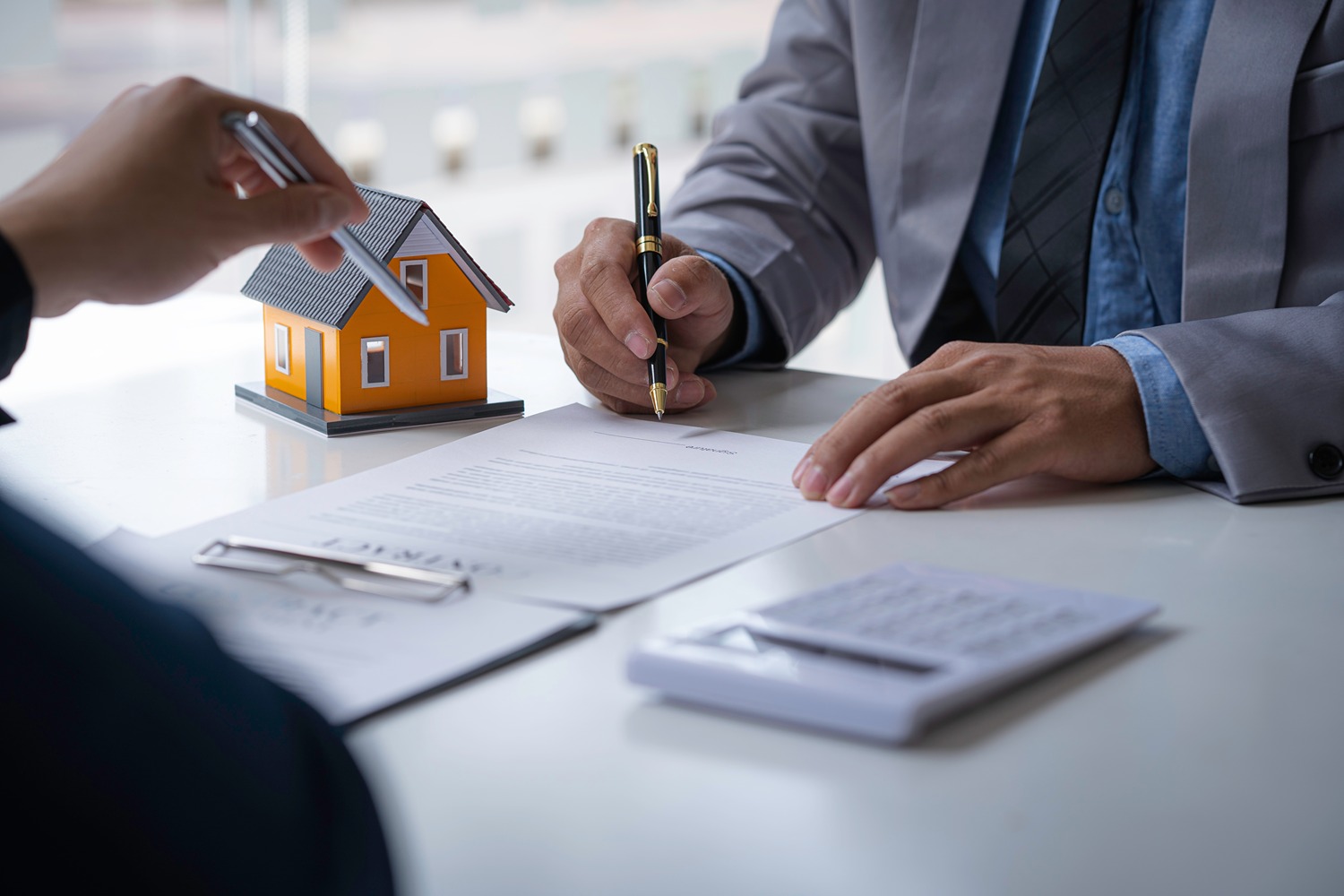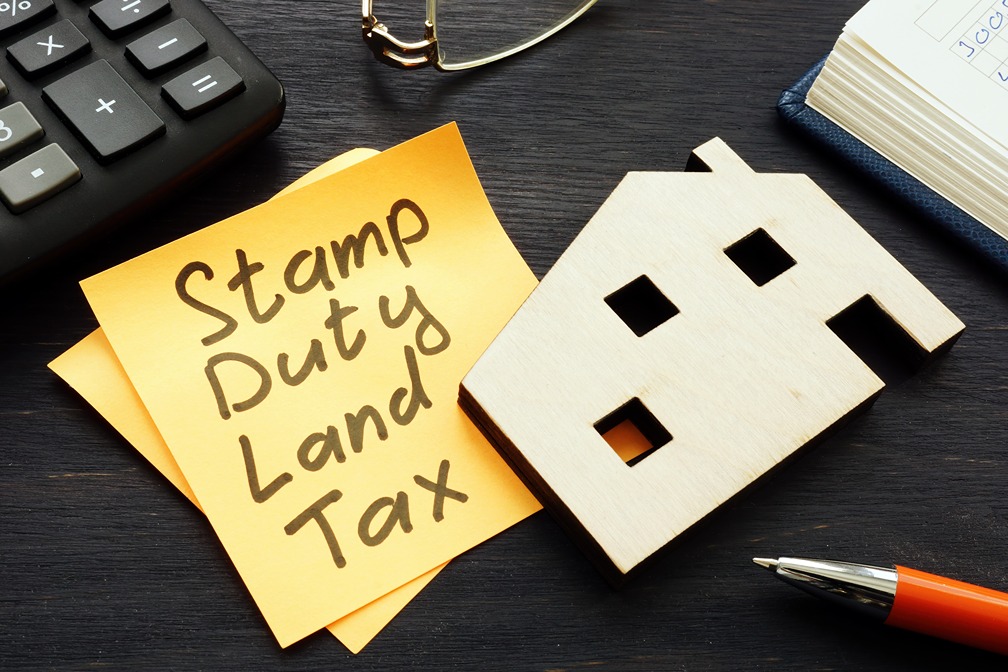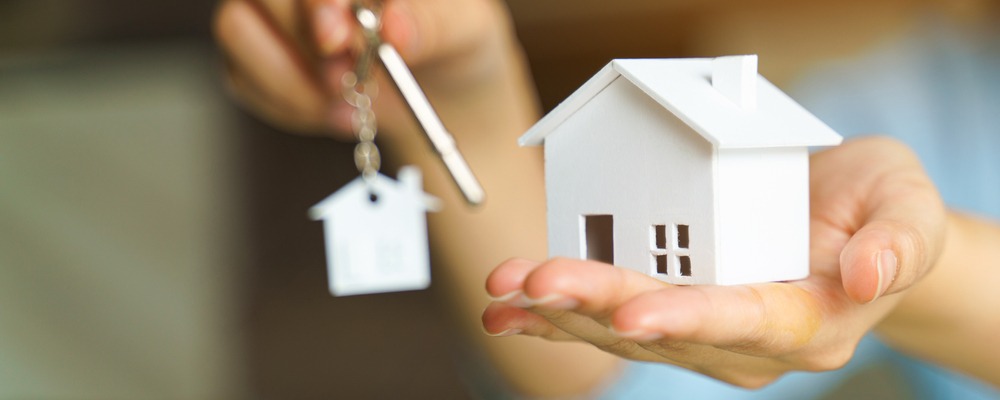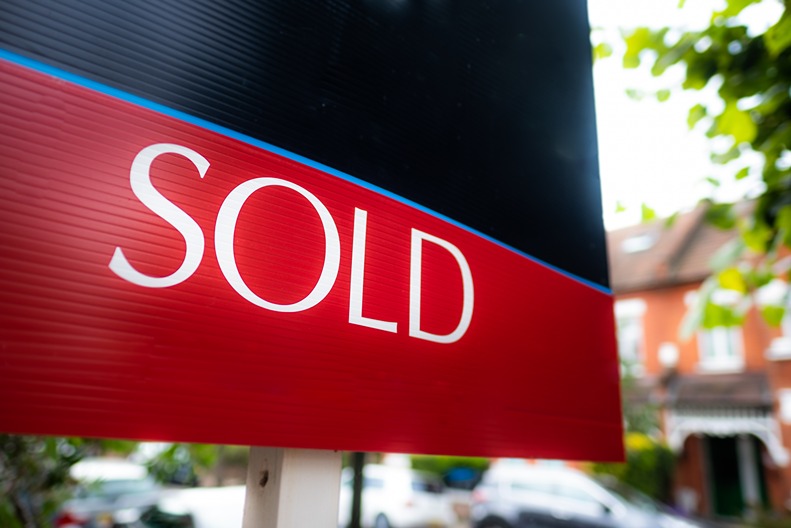/003-dwem_romansquarter_bingham_ext_avondale_henley_holden_4bed_5bed_lifestyle.jpg)
Buy to Let Guide
What is buy to let?
Buying to let advantages and disadvantages
Advantages of buying to let
- Long-term investment potential, as most properties gain value over time
- Profit from rental income
- If you buy a new home with David Wilson Homes, you’ll be backed by a 10-year warranty, avoiding the cost of unexpected repairs
Explore the advantages of buying a new build vs renovating an older home in our guide.
The potential disadvantages of buying to let
- Landlords pay 18% to 28% tax on the profit from a buy to let property
- You may need to pay Capital Gains Tax if you decide to sell
How do I make money from a buy to let property?
If you want to measure your home’s profitability, consider its rental yield. That’s the financial return your buy to let property can bring.
A good rental yield is benchmarked at 5%.
For example, if you want to buy a £100,000 home and charge your tenants £200 a week, your annual rent will be £10,400. To calculate the yield, divide 10,400 by 100,000 and multiply by 100. The outcome is 10.4%.

Help to Sell Schemes
We have a range of schemes to help you sell your existing home.
Parent Power
Parents can also help. Typically they (or a close family member) could help you with your deposit, or guarantee your mortgage, or act as a joint applicant.
Low Deposit Schemes
If you have a low deposit, we have a variety of schemes to help make moving more affordable.
Key Worker Scheme
We could help make your move with our Key Worker Deposit Contribution Scheme.
Own New - Rate Reducer
Own New - Rate Reducer is a brand-new scheme available on new build homes that could mean lower mortgage rates and reduced monthly payments.
Part Exchange
We could be your guaranteed buyer. No stress or fuss, just an easy move for you and your family.

What is a buy to let mortgage?
• How much you can borrow
• Buy to let mortgages are interest-only
• Buy to let mortgages can require a larger deposit
The amount you can borrow
The amount you can borrow depends on the rental income you can expect from your buy to let property. Many lenders will also look at your income.Interest-only mortgage
Most buy to let mortgages are interest-only, meaning you’ll pay interest on your mortgage instead of the total loan amount. Your monthly payments will decrease as time passes, but you may need to sell the house, remortgage or pay the loan in full once the term ends.
Higher deposit
Most buy to let lenders want a deposit of at least 25%. Many will also charge a product fee.
How do I choose a buy to let property?
Ready to find the best investment property for you? Read on for advice on choosing a buy to let property.
1. Set your budget
How much you can afford will determine the location, property type, and rent you can charge your tenants. Be realistic when setting your budget and research how much you can earn from rental income.
2. Talk to a local estate agent
If you don’t have a specific area in mind, talking to an estate agent can be helpful. They can share insights into the local market, help you advertise your property and arrange viewings. They can also support you with collecting rent and handling disputes.
3. Consider the mortgage
You can get a buy to let mortgage to help fund your investment, but consider this when arranging your finances.
4. Appeal to a particular type of tenant
Understanding your ideal tenants will help you choose the best buy to let property. For instance, families may prioritise proximity to schools, while students may prefer good transport links and nightlife nearby.
Explore our wide range of energy-efficient new homes in the UK equipped with contemporary features.
What taxes do I pay on a buy to let?
• Tax on your rental income
• Capital Gains Tax (CGT)
• Stamp Duty
Tax on your rental income
Rental income is calculated based on your tax band. You can deduct some costs like utility bills, letting agent fees and contents insurance.
Capital Gains Tax
You’ll pay Capital Gains Tax (CGT) once you sell your buy to let property. If you’re a basic taxpayer, this is charged at 18% or 28%, depending on your tax band.
Stamp Duty
You’ll need to pay an extra 3% Stamp Duty for any second or additional property. Stamp Duty is also charged based on the property price.
Learn more about Stamp Duty in our comprehensive guide.

What are the best locations for buy to let properties?

Some of the best locations for buy to let properties include the following:
/004-dwem_ashlawngardens_rugby_ss_kennett_3bed.jpg)
Top tips for buying to let
Have you found your perfect buy to let property? Read on for advice on how to profit from your investment.
1. Research the market
Get familiar with the market. Research the costs included in your buy to let venture, the benefits and potential drawbacks of buying to let and your legal responsibilities.
2. Get help from a letting agent
Estate agents can help you do things right, especially if this is your first time buying to let.
3. Do your checks
We recommend checking your tenants’ credit scores and references to ensure they can afford to pay your rental amount.
4. Protect yourself
Invest in insurance to cover yourself in any eventuality.
5. Buy a newer home to reduce maintenance costs
New homes benefit from the latest specifications, meaning fewer and lower maintenance and refurbishment costs,
6. Take care of your property
Invest in quality furniture and ensure your property looks good inside and out.
Explore our wide range of homes across the UK and become a property investor with us.



